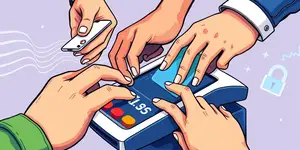
Owning a credit card gives you purchasing power, but the real game begins when you sign the contract. In this article, we’ll guide you through every detail of your agreement so you can navigate with confidence and avoid surprises.
A credit card agreement is a formal contract between you—the cardholder—and the issuer. It outlines all the rules, conditions, and obligations that govern your account.
This document covers payment obligations, interest charges, rewards benefits, and penalties. Treat it as the roadmap to your financial journey, not just a stack of legal jargon.
Buried in small text are the clauses that determine how much you pay and when. Ignoring them can cost you dearly.
Failure to understand these terms can lead to unexpected fees and penalties that drain your finances and damage your credit score.
By taking a few extra minutes to read critically, you ensure that you control the card, and not the other way around.
The table below breaks down the most crucial parts of your agreement and their real-world implications.
This table highlights how different elements interact. For example, missing a payment can trigger penalty APRs and fees that dramatically increase your cost of borrowing.
Your agreement arrives with your new card and is also available online or by request. Issuers must make these terms accessible under the CARD Act.
You can also find agreements in the Consumer Financial Protection Bureau’s public database. Look for footnote symbols like asterisks (*) and daggers (†) in marketing materials—they point you to vital exclusions.
The CARD Act of 2009 mandates clear disclosures and advance notice of significant changes. Issuers must provide key information in a standardized format.
Under federal law, you have the right to request full agreements and get explanations for any term you find confusing. Don’t hesitate to call customer service and ask for clarifications.
Understanding your credit card agreement is not optional—it’s critical to your financial health and peace of mind. By learning what the fine print really means, you empower yourself to make informed decisions, avoid unnecessary expenses, and maximize the benefits your card offers.
Take these steps today, and transform a document filled with dense legal terms into a powerful tool for financial success.
References













